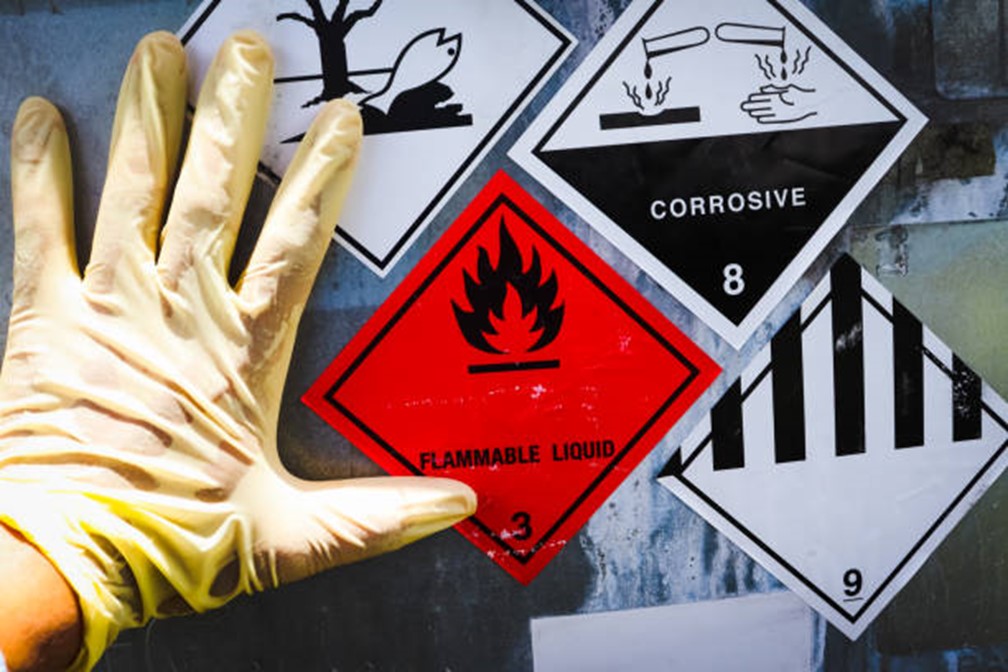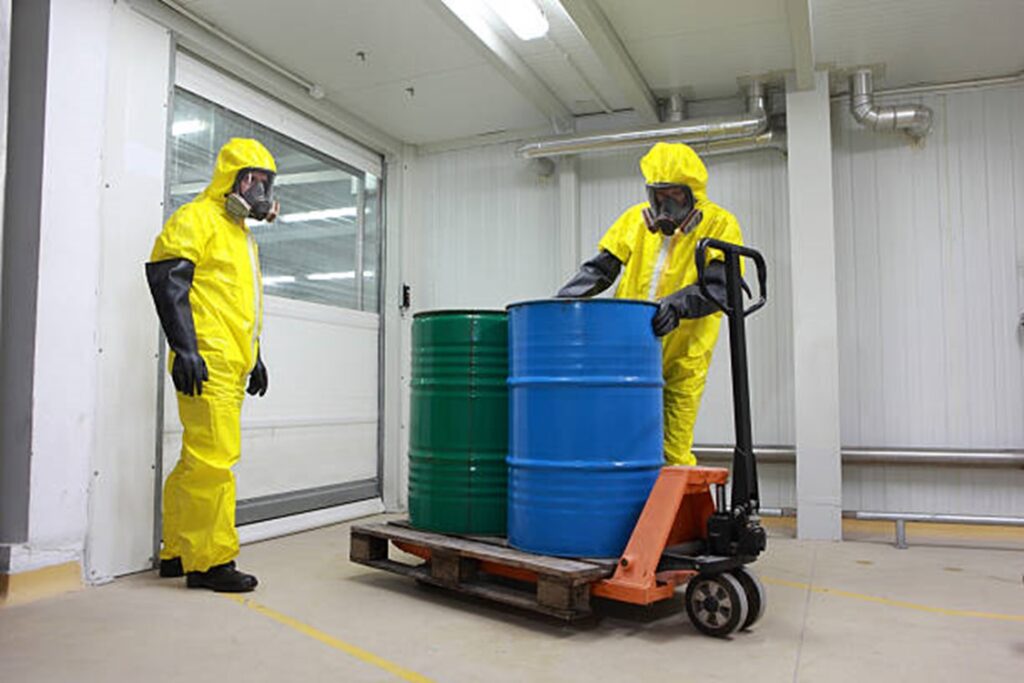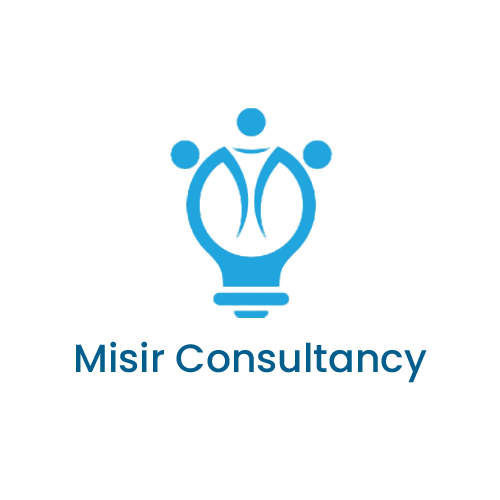Environment, health, and safety (EHS) management
Environment, health, and safety (EHS) is a multidisciplinary field that focuses on the protection of human health and the environment in various settings, including worksites, communities, and public spaces. The main objectives of EHS are to identify and mitigate potential hazards, prevent accidents and promote a safe and healthy living and working environment
Understanding

Environmental protection
This focuses on safeguarding the environment from pollution and degradation. It involves monitoring and controlling factors such as air quality, water quality, soil contamination, and waste management. Environmental management and protection measures aim to reduce the negative impact of human activities, emissions and hazardous materials on ecosystems, wildlife and natural resources.
Occupational safety
Workplace safety addresses the protection of workers’ health and well-being in the workplace. It involves identifying and mitigating potential hazards that can cause injuries, illnesses, or accidents to employees. Occupational safety measures include providing appropriate personal protective equipment (PPE), training employees on safety programs, conducting safety inspections, and implementing safety procedures to create a working environment that adheres to safety regulations. In 2021, 5,190 workers in the US suffered fatal work injuries, and EHS measures aim to bring that number down.


Health and wellness
This component focuses on promoting the overall health and well-being of stakeholders and communities. It includes addressing public health concerns, conducting health risk assessments, monitoring disease outbreaks and implementing health promotion programs.
Data collection and incident tracking:
information on incidents, near-misses, inspections, audits, permits, risk assessments, training records and more. the entire incident lifecycle, from initial reporting to investigation and corrective actions. environmental data, such as air quality, water quality, and noise levels. Data collection helps identify trends and root causes to prevent future issues


Compliance management:
Organizations can facilitate regulatory compliance with relevant regulatory requirements and standards by keeping better track of environment, health and safety compliance requirements, permits, deadlines, and reporting obligations.
Risk assessment and mitigation
risk management, implementing controls and preventive measures to reduce risks and maintain a safer environment.


Safety inspections and audits
onsite safety inspections and audits, emergency preparedness.
EHS training
employees receive the necessary safety training and stay up to date with the latest employee safety protocols.


Reporting and analytics:
EHS performance. These reports help organizations understand trends, identify areas for improvement, and make data-driven decisions to enhance safety and compliance efforts.
Health and wellness programs:
health and wellness initiatives for employees, such as health assessments, wellness campaigns and stress management programs.






